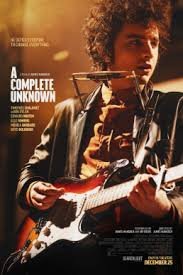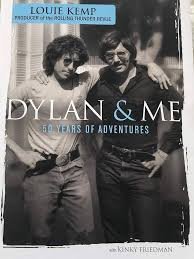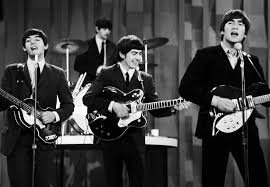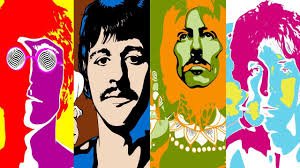A time for mourning, and a time for dancing.
—Ecclesiastes 3:4
There is only one thing we say to Death: “Not today.”
—Syrio Forel, Game of Thrones
What an extraordinary moment in history this is.
For two years—738 days—I’ve started every online class I’ve taught with a prayer for the hostages, the 251 babies, children, teenagers, and adults who were kidnapped by the Hamas death cult on Oct. 7. On Monday the last of the living hostages were brought home to their families (although as I write, only four of the bodies of those who were murdered by the terrorists have been returned).
These images, clockwise from upper left:
1. Omri Miran reunited with his daughters (Roni, 4, and Alma, 2) and his wife Lishay Miran-Lavi (GPO)
2. Alon Ohel reunited with his family (courtesy of the Ohel family)
3. Matan Zanguaker reunited with his mother Einav (IDF photo)
4. Eitan Mor reunited with his parents (IDF photo)
All photos from The Times of Israel, October 13, 2025
Emotionally, this is a complicated moment. We’ve been through so much: The death and destruction of war. The surging Jew-hatred locally and around the world. The silence or outright abandonment of friends who turned away from Jewish suffering.
“On Simchat Torah, we should dance, and we should dance like everything depends on it—because in a sense it does. ”
Yet for two years my priority has been the hostages. I’ve woken up in the morning thinking of them and gone to sleep at night thinking of them. So the outrageous (but not unmitigated) joy of seeing the survivors coming home is just staggering.
In case you haven’t seen this clip yet, this 5-minute collection of some of the hostages being reunited with their families is one of the most incredible videos I’ve ever seen. Pay attention to the father reciting Sh’ma Yisrael when he sees his son for the first time in two years; listen to the voice of the mother when she says the Shehecheyanu blessing:
There remain, of course, many things to parse about this moment—politically, socially, and religiously. But in the short term, there are some Jewish priorities to attend to. We’re on the eve of Simchat Torah, the culmination of the Sukkot holiday when it is a Mitzvah to be joyful and dance with our communities and our Torah. The past two Simchat Torahs have been so utterly ambivalent. We all asked: how dare we celebrate and dance when the reality of Simchat Torah is the Yartzeit of 1,195 people who were massacred and the date when 251 people were taken hostage? Would we ever celebrate this holiday again?
This year, we’ll dance.
The Book of Ecclesiastes—that is, Kohelet, which is traditionally read on Sukkot—knows a secret about dancing. In the famous poem at the beginning of Chapter 3 (“To everything there is a season… A time to be born and a time to die,” etc.), one of the couplets is: A time for mourning and a time for dancing.
Do you see it? For Kohelet, dancing is life; it’s the antonym of mourning!
Simcha doesn’t simply mean “be happy.” Jewish texts speak of שִׂמְחָה שֶׁל מִצְוָה / the simcha of being involved in a Mitzvah. But some Mitzvot are sad: burying the dead, comforting mourners, and so on. Where is the “joy” there? The answer is that “simcha” is something much deeper: It means choosing life, connecting ourselves with the Source of Life, and turning our backs on cults of death and destruction.
“Simcha”—choosing life—feels like a countercultural value; it’s an act of spiritual resistance against the forces of nihilism that can threaten to swallow us up.
There is so much to be skeptical about; about the reliability of the bad actors involved, about the ability for cease fires to hold, and so on. But that video of families reunited tells us everything about what simcha is all about. On Simchat Torah, we should dance, and we should dance like everything depends on it—because in a sense it does.
Let’s dance on Simchat Torah because we embrace life, not annihilation. Dance with the simcha of the families that have been reunited. Dance as the Kotzker Rebbe instructed his disciples: “Imagine yourselves on a mountain peak, on a razor’s edge, and now: dance, dance, I tell you!”[1]
[1] In Elie Wiesel, Souls on Fire (1972)














































